What’s for Lunch: Cafeteria food or home lunch?
Senior Gianna Toro eating cafeteria lunch. She says she prefers to buy school lunch than bring food from home. Photo by Kaelin Apuakehau.
Food provides the energy and nutrients needed in order to grow. Should school cafeteria food be appealing to students? Having a variety of lunch options for students allows for student satisfaction, improved nutrition and behavior. These options keep kids and teens engaged and excited to indulge their body with nutritious and delicious foods.
Each student has different judgements on what they prefer to eat, which is what makes this topic so interesting. However, with these judgments in mind, some students prefer home lunch. Bringing lunch from home to school offers students control over what they eat, which is why it’s so popular.
We will be diving into opinions by Sacred Hearts Academy students on what they think is better, cafeteria food or home lunch. Senior Gianna Toro sometimes brings home lunch but mostly eats the school’s cafeteria food. Senior Abigail Walker, on the other hand, eats cafeteria food but mostly brings home lunch.
When asked the question, “Why is eating lunch in a cafeteria important to you?” Toro replied with, “It is important to me because I am able to converse and laugh with my friends. I get to catch up with them on myself and their feelings. I also get to eat a balanced meal to keep me energized throughout the day.”
Toro defends her point that cafeteria food is much more suitable for her than home lunch.
I don’t need to constantly think about what to bring and how to balance it out. My parents also don’t need to stress about what to feed me at school each day. Instead, the school cafeteria worries about that, and they are able to provide me with balanced meals,” Toro said.
Walker disagrees and thinks home lunch works better in her favor.
“I think the quality of my food differs from the school’s cafeteria food because my food involves my family’s culture. I am able to taste my mom and grandma’s love for what they make. I prefer home lunch because I am able to control what goes inside, and I also know that I will enjoy it,” Walker said.
Walker has many reasons for bringing home lunch, but the main reason is that it brings her comfort. She is ensured that her food at home is made with lots of love and to her it makes her feel joy.
Walker also enjoys cafeteria food and adds that students should be able to give input on what they want to eat at the cafeteria.
“I think incorporating foods from different cultures would allow students to grow their taste buds and expand their horizons on what they like to eat,” Walker said.
“Eating in the cafeteria makes me feel comfortable and relaxed,” she said. “My stress goes away when I’m sitting and eating with my friends. Also I love seeing what my friends are eating and sometimes ask to try some of their food.”
According to an article called “Meals with Class: Family-Style Dining Brings Learning to the Kids’ Table,” many advantages come from kids sitting together in a cafeteria. Students are able to develop social skills, practice eating habits, form friendships, all without preparation since balanced meals are given out.
According to this article by CBS News, “Cafeteria food is healthier than lunches packed by your parents.” The article states that, “About 60 percent eat the school lunch; the other 40 percent bring their lunch.”
“Food presentation is key to people,” Toro said. “If they don’t think the food looks nice they certainly won’t buy it. The food they put on the menu is important for teens’ health and development.”
It is scientifically supported that we are able to eat with our eyes first, when food looks appetizing and delicious. It is truly hard to say whether home lunch or cafeteria food takes the cake, but we can safely say that people are open to their own opinions.


Kaelin is a first-year journalism student and a senior at the Academy. As a student reporter, she hopes to make connections with students. While participating...

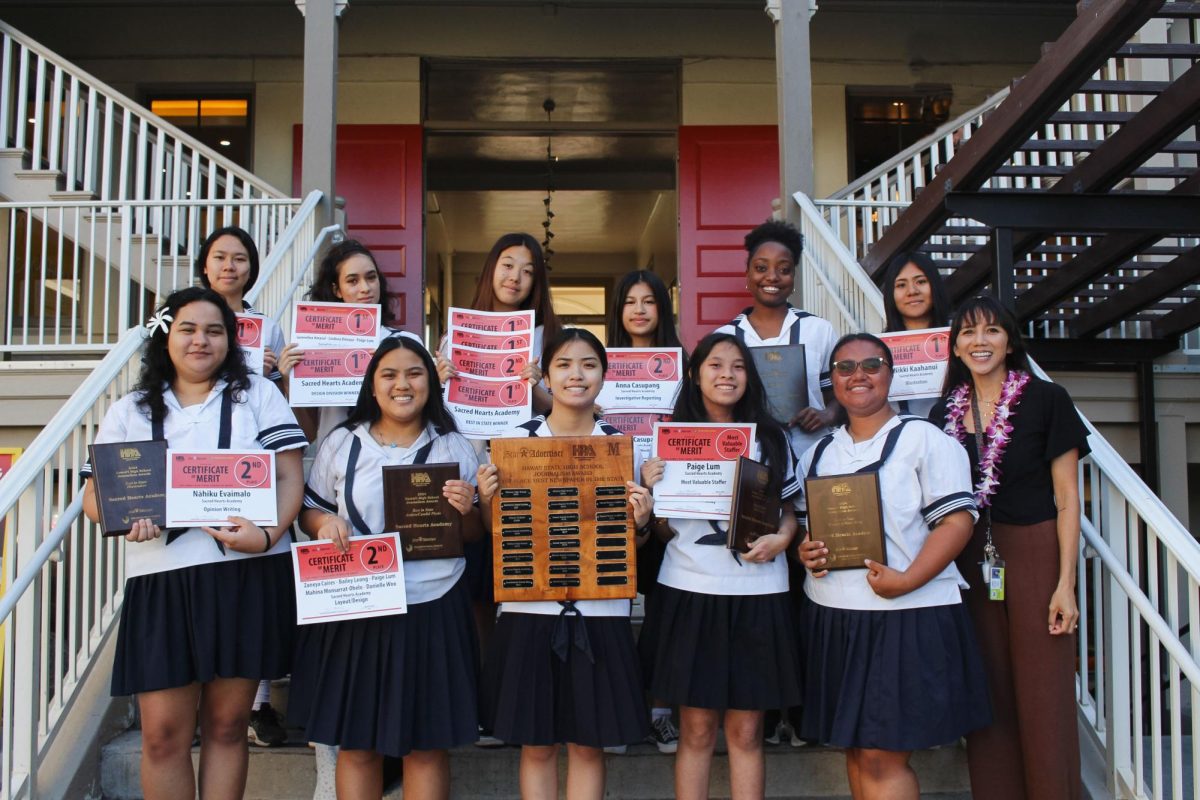
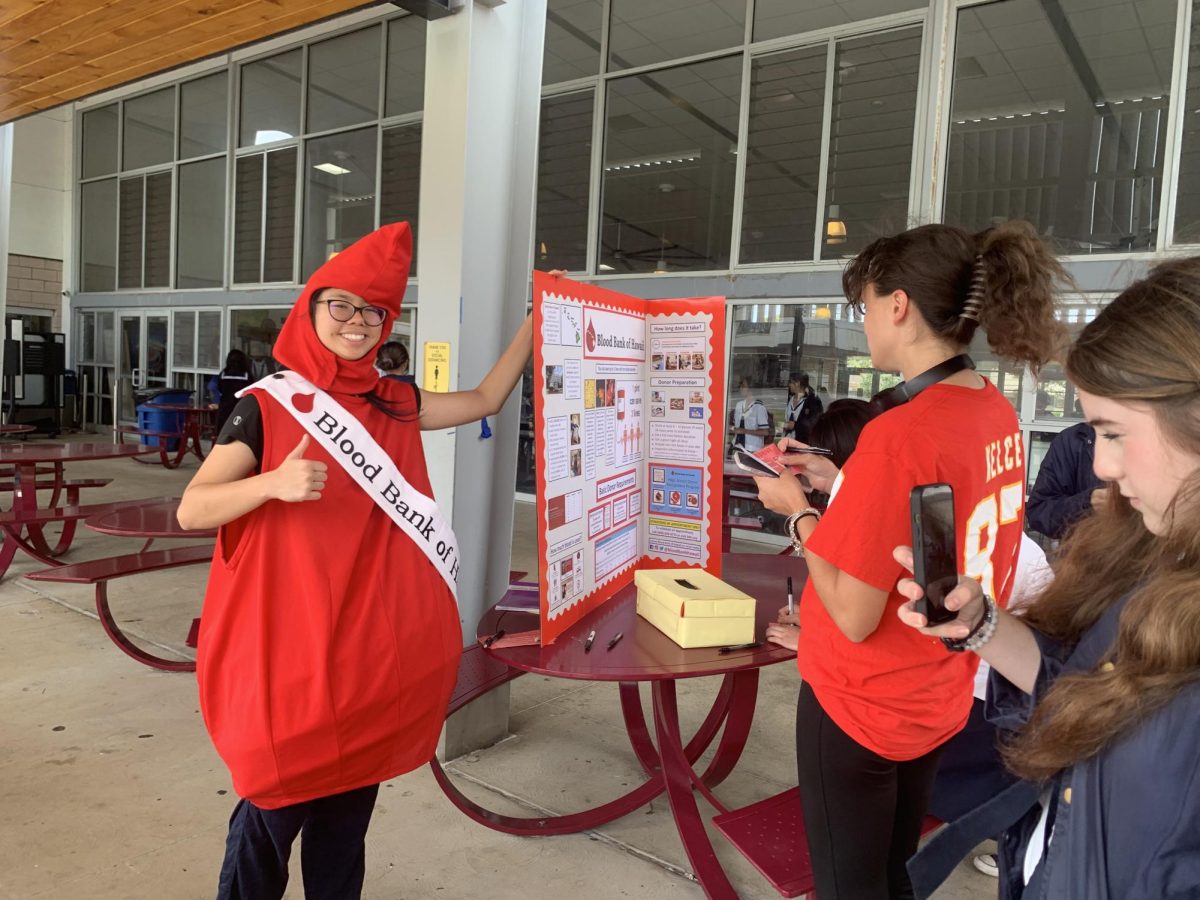
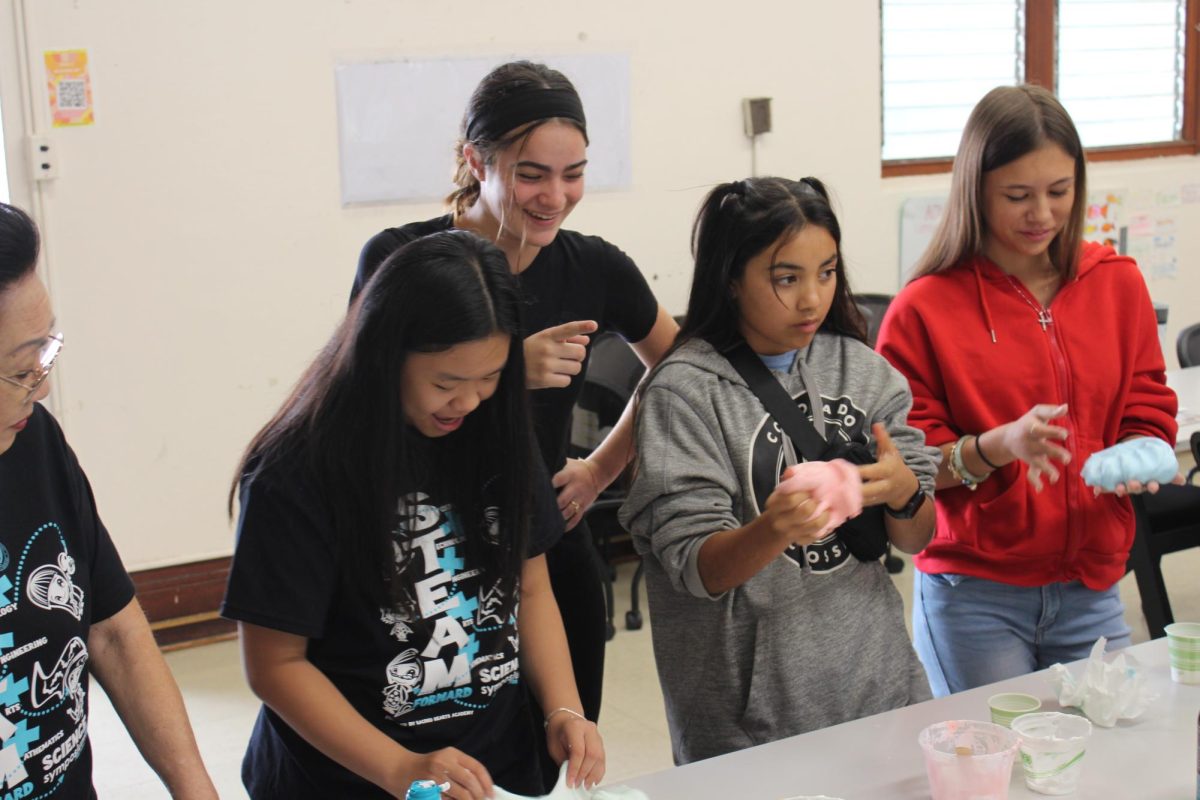



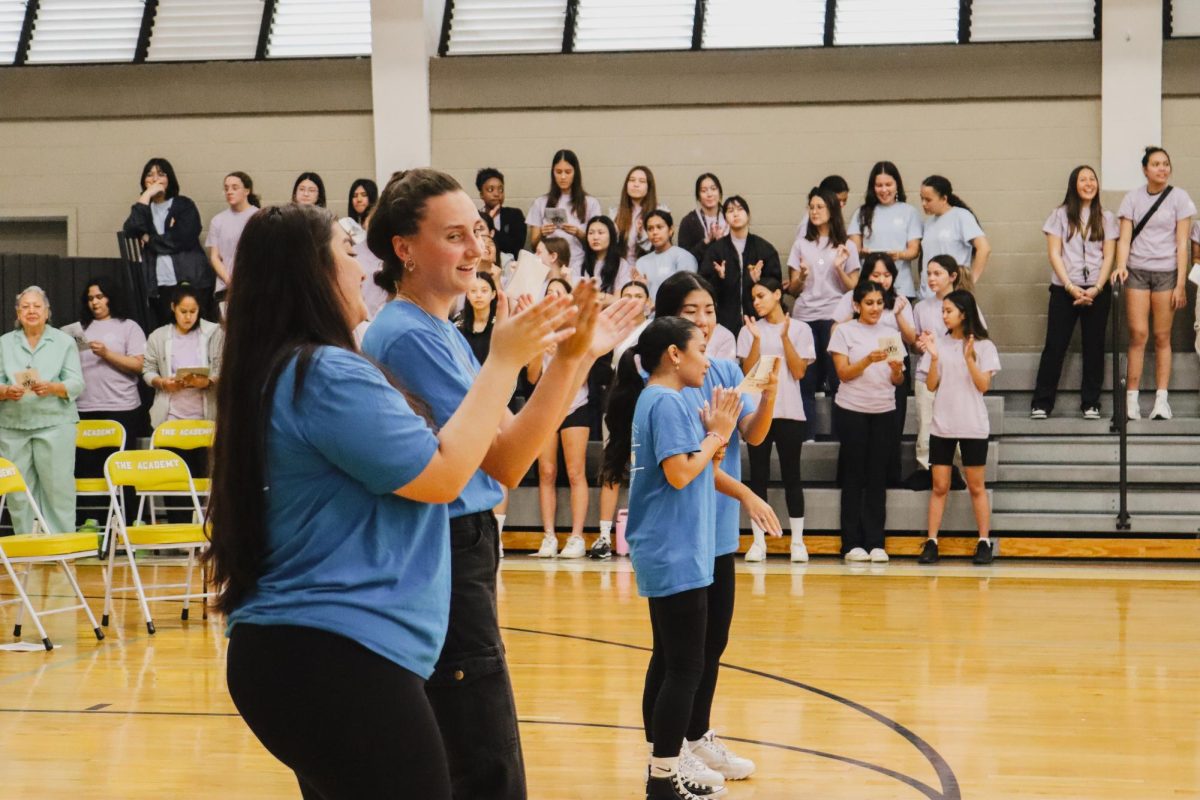




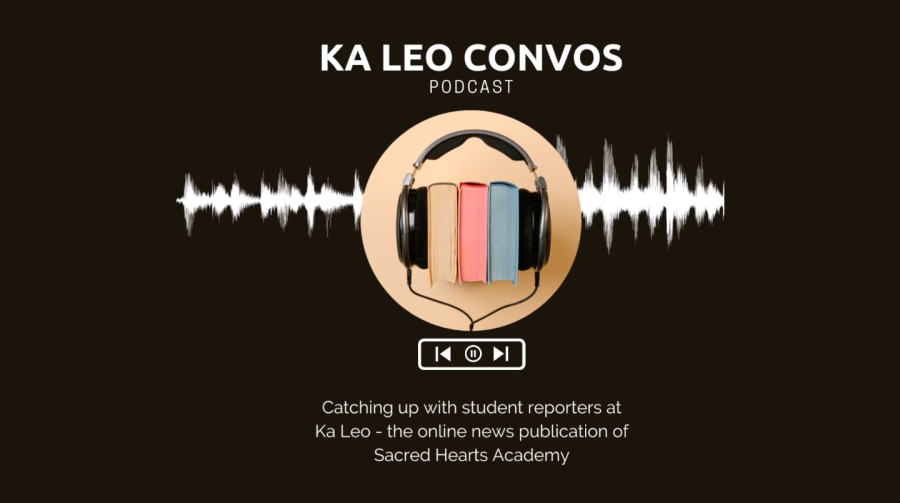
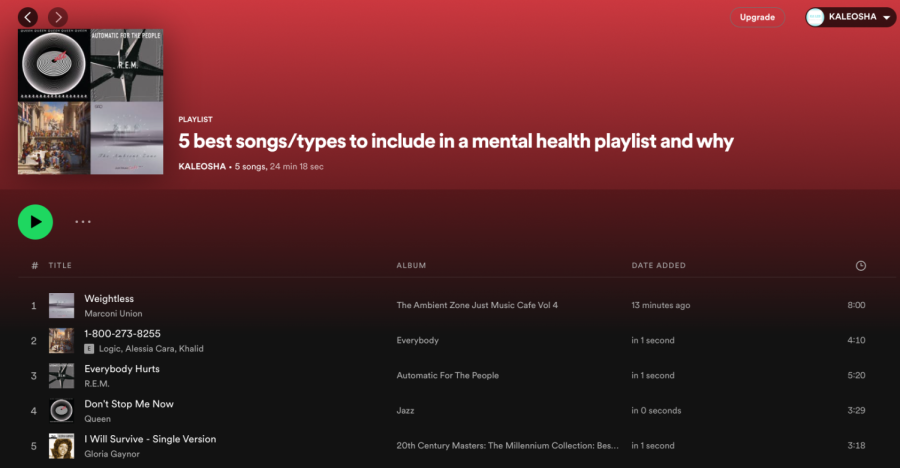


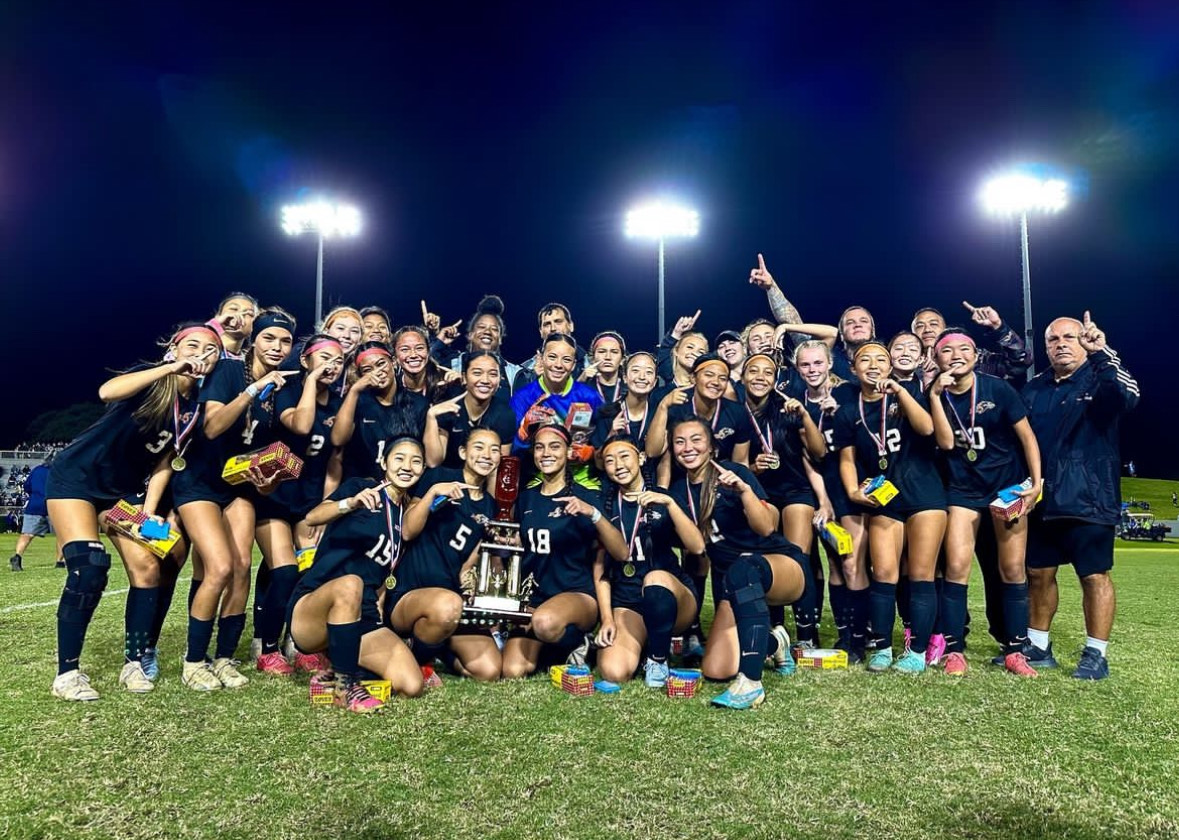




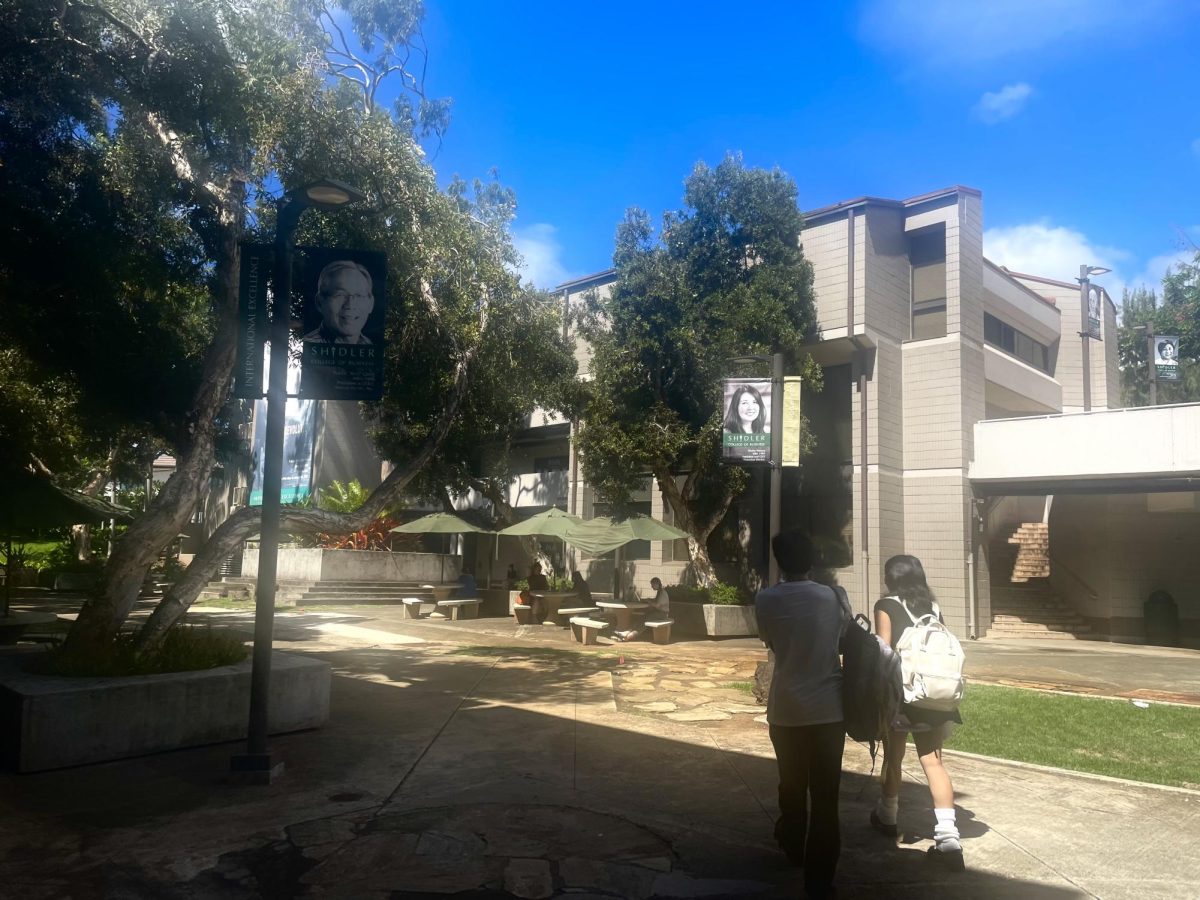
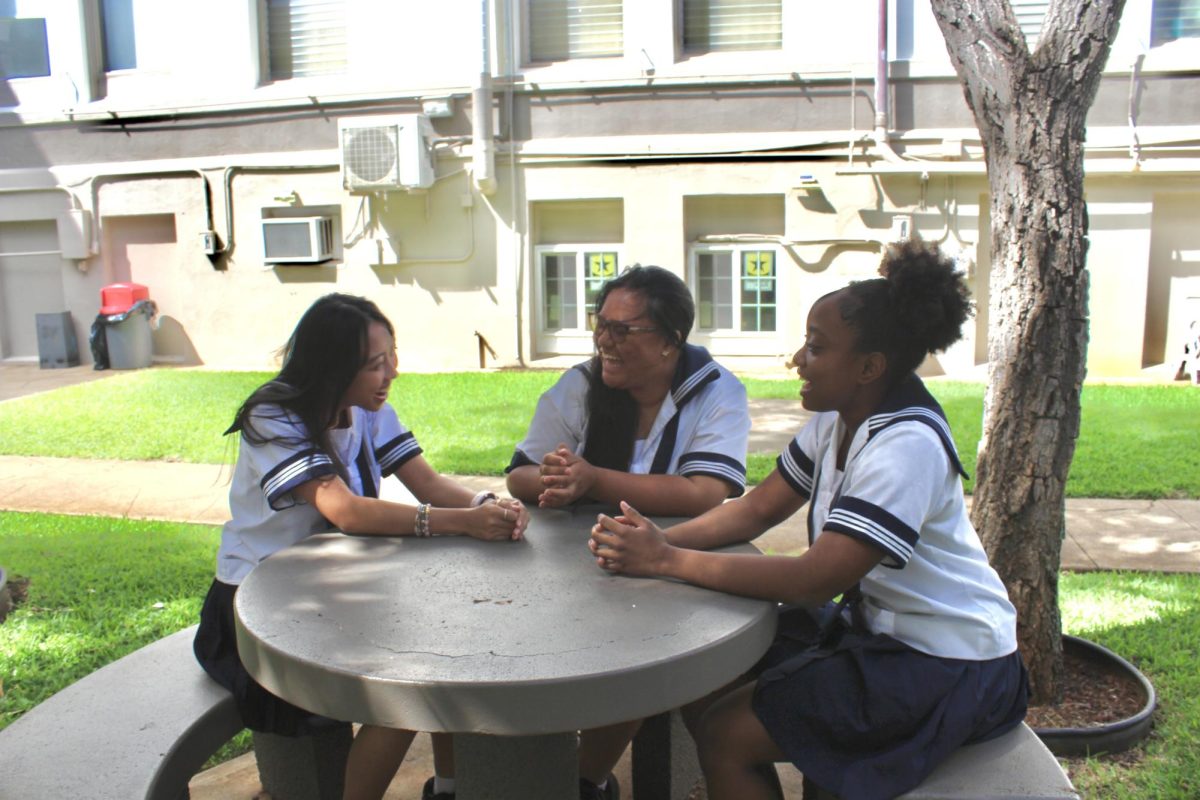
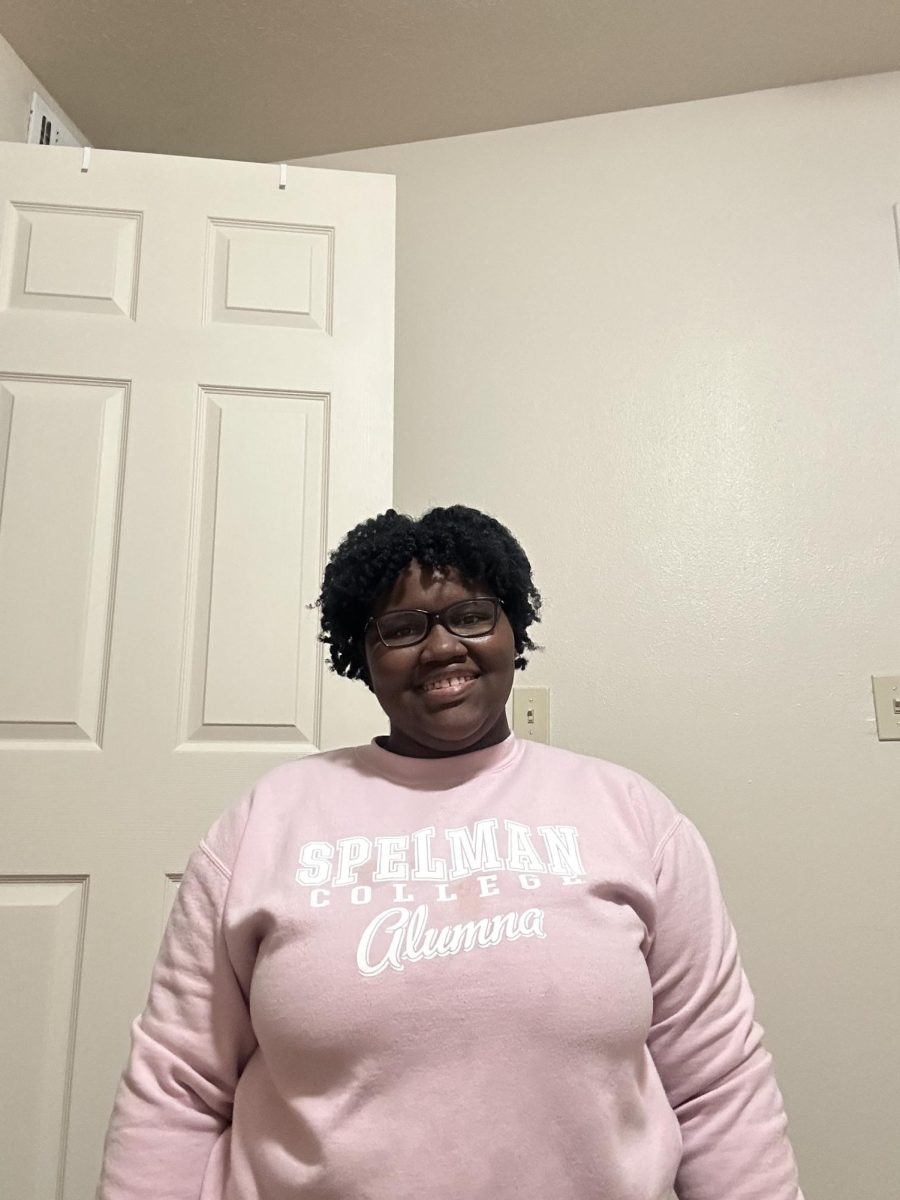

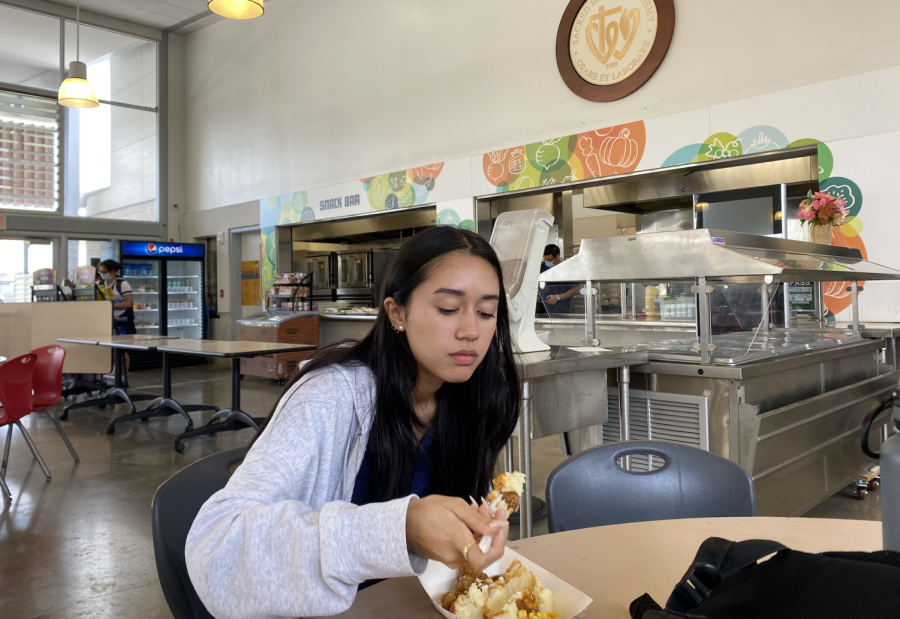




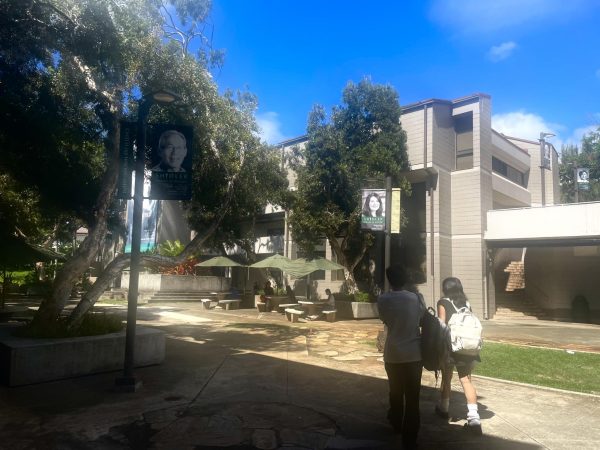
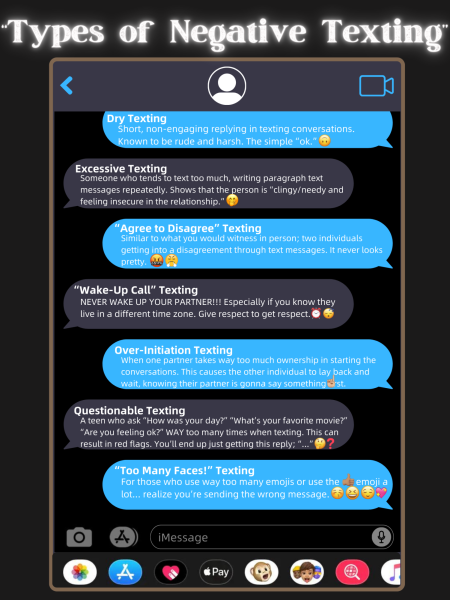


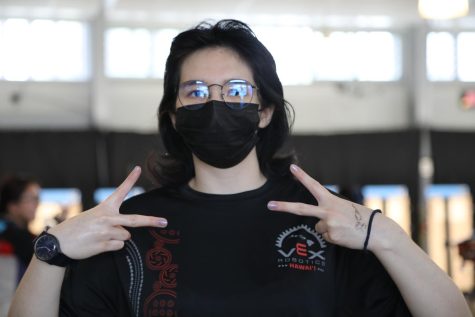
Abigail Walker • Jan 30, 2023 at 9:51 am
Great Job Kaelin! I loved being interviewed for this article and it was awesome to get to see things I had to see be published on to this page. I stand by what I said and hope that more people will be able to get to eat the food they want and enjoy stress-free times with their friends!
Samantha Europa • Jan 30, 2023 at 9:34 am
I love our cafeteria food! It is perfect for when you just need something fast.
Ava Damo • Jan 30, 2023 at 9:26 am
I loved hearing about the cafeteria lunch since I usually bring home lunch. I will definitely try something new and buy food from the cafe. I agree with Abigail Walker, when I eat with my friends I feel stress free.